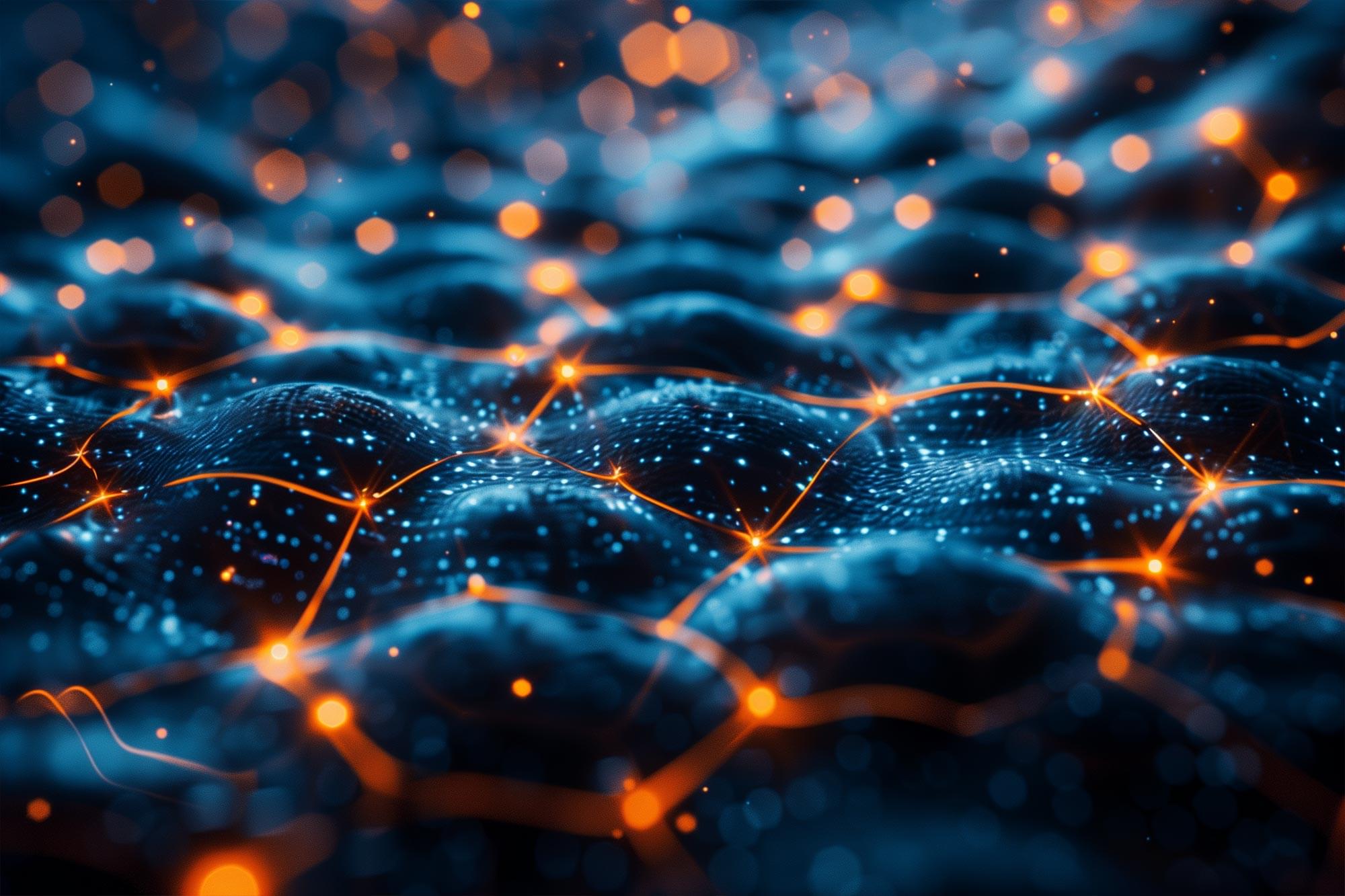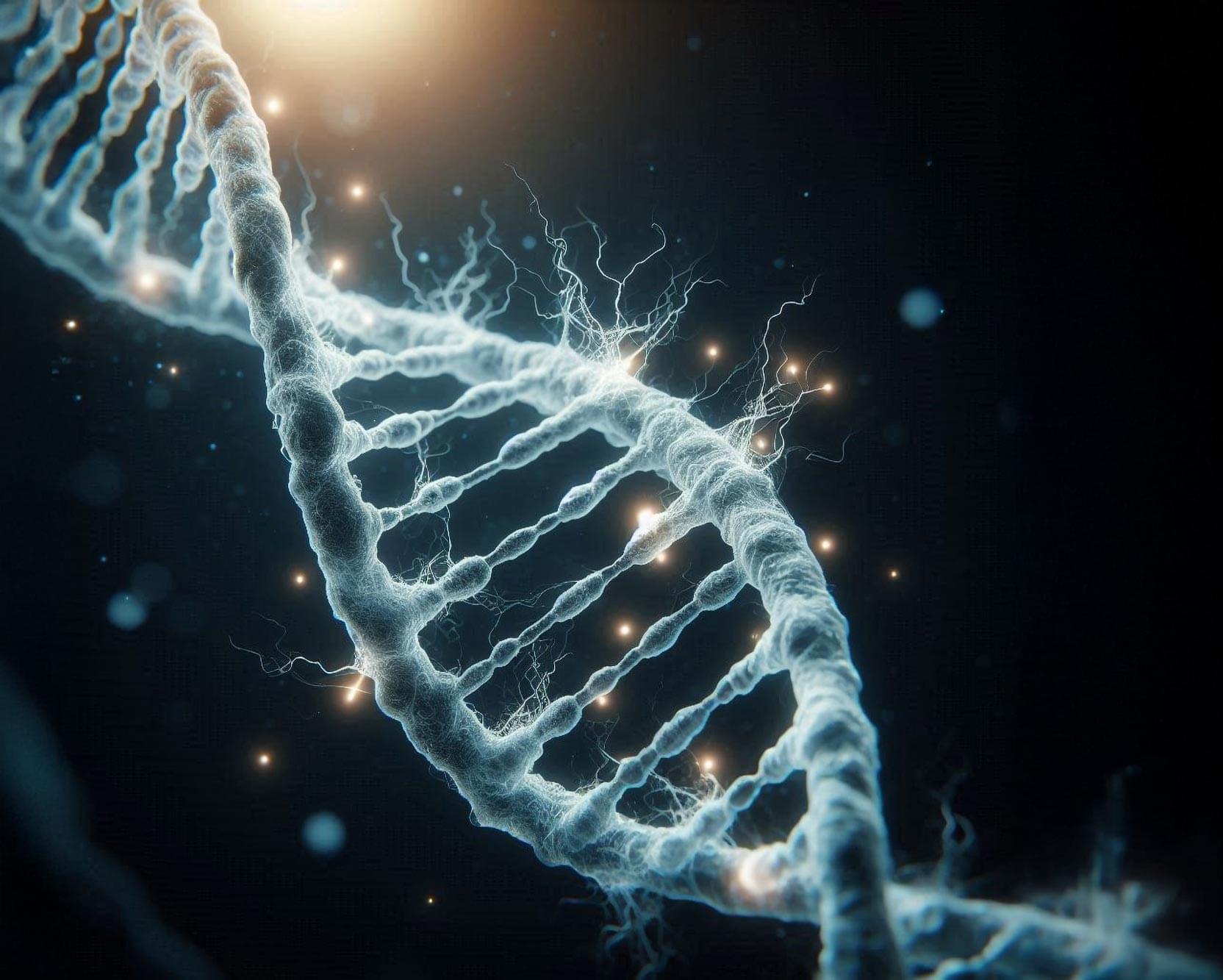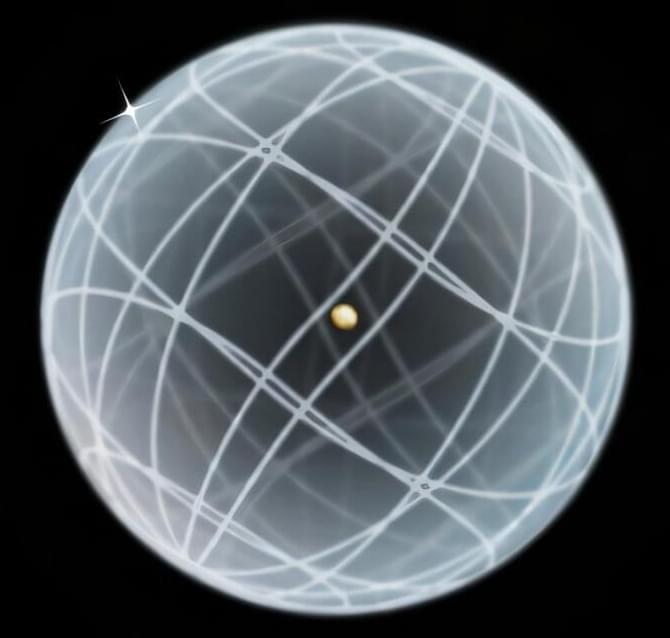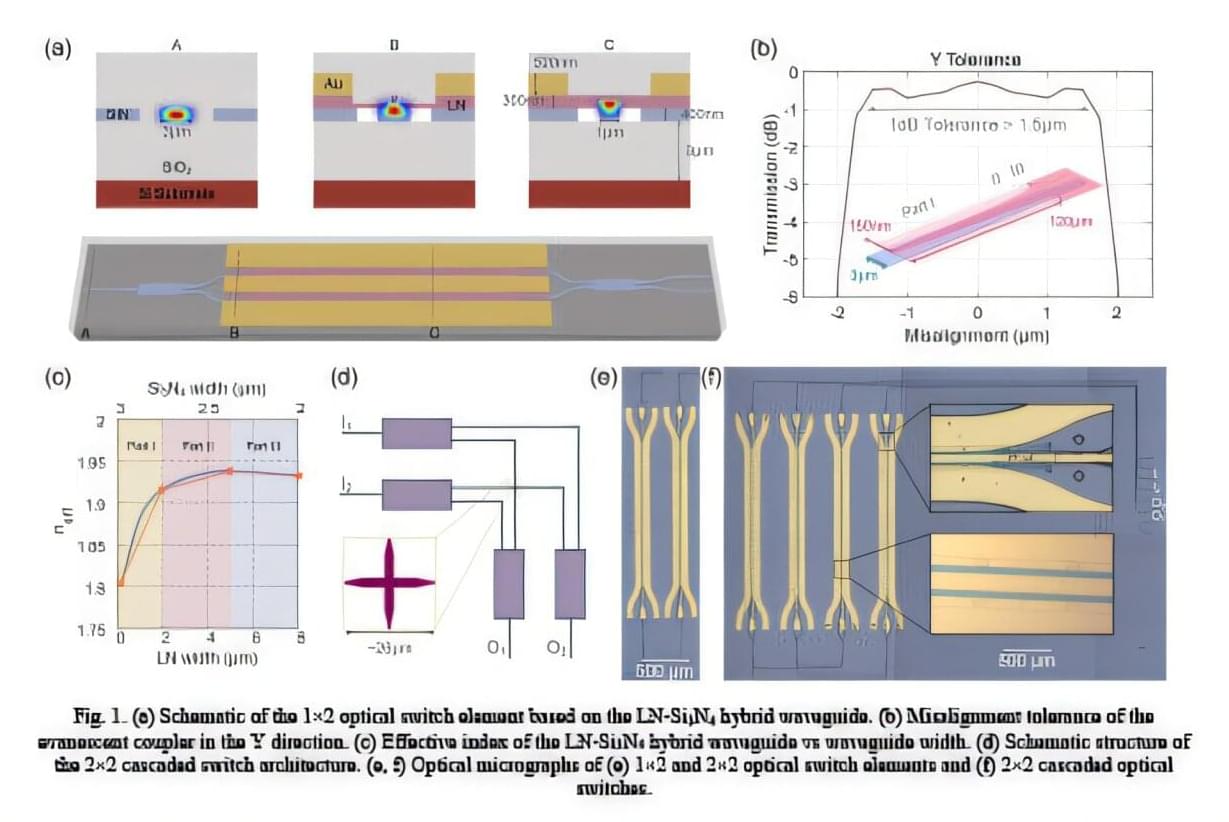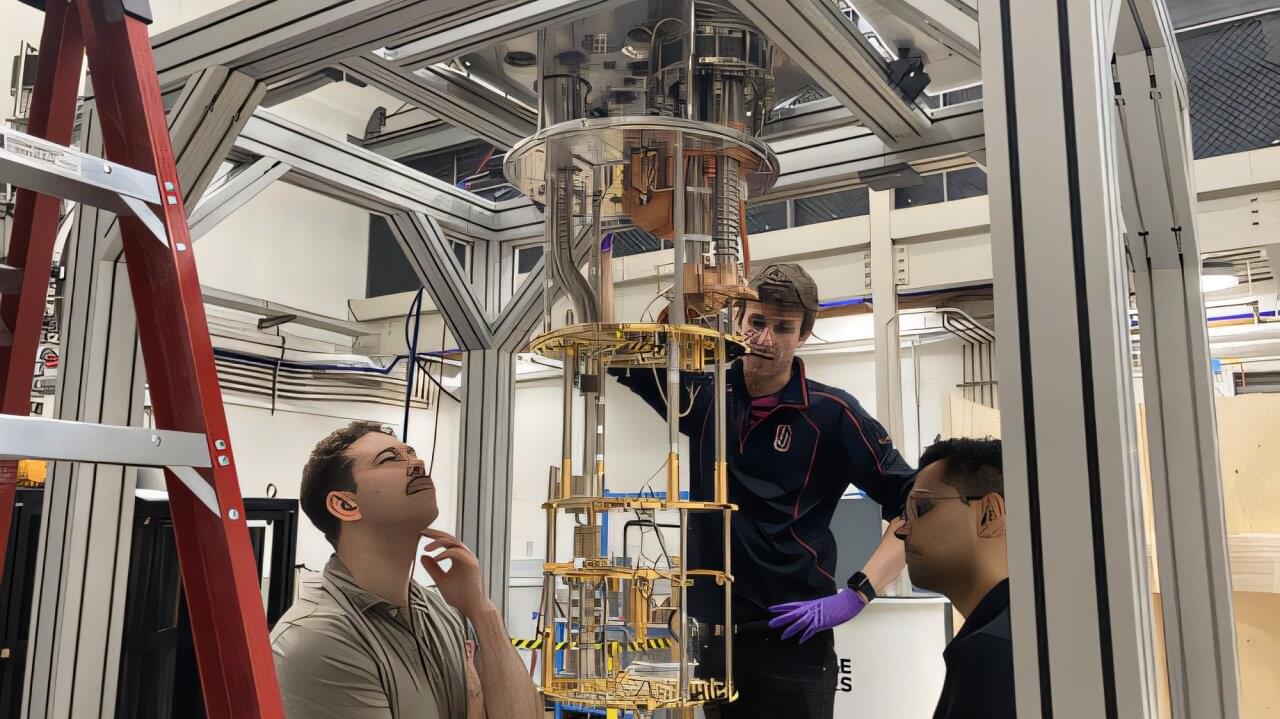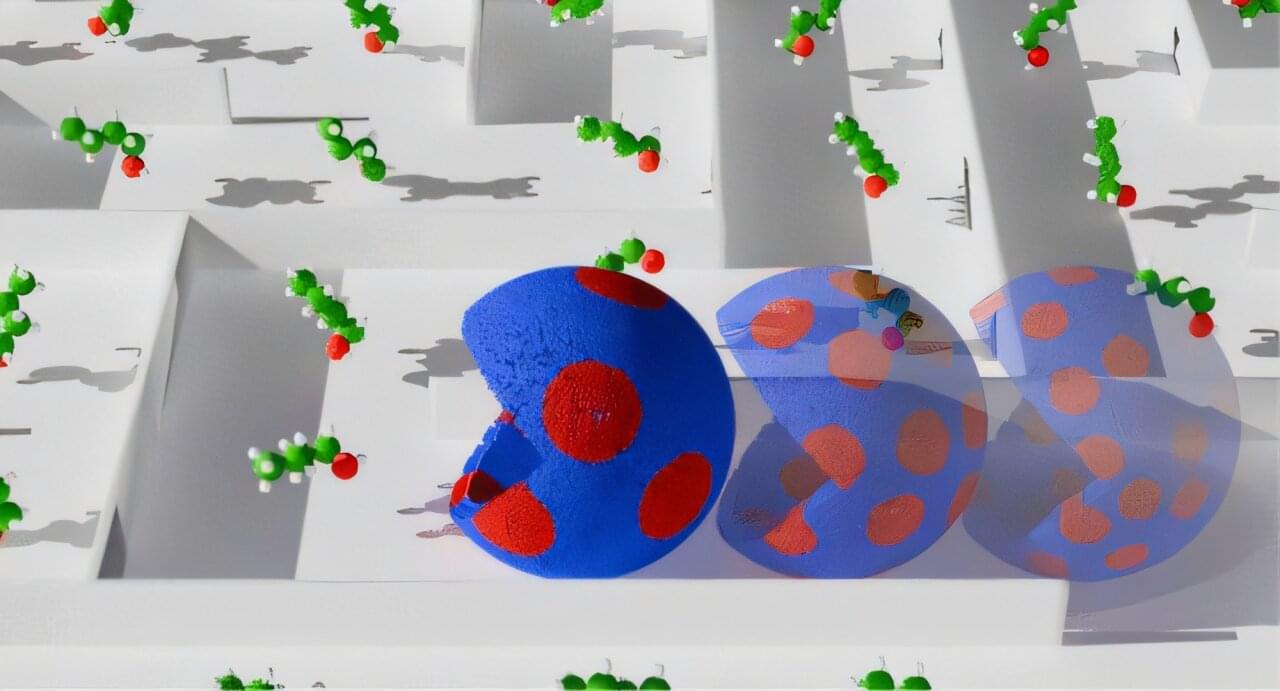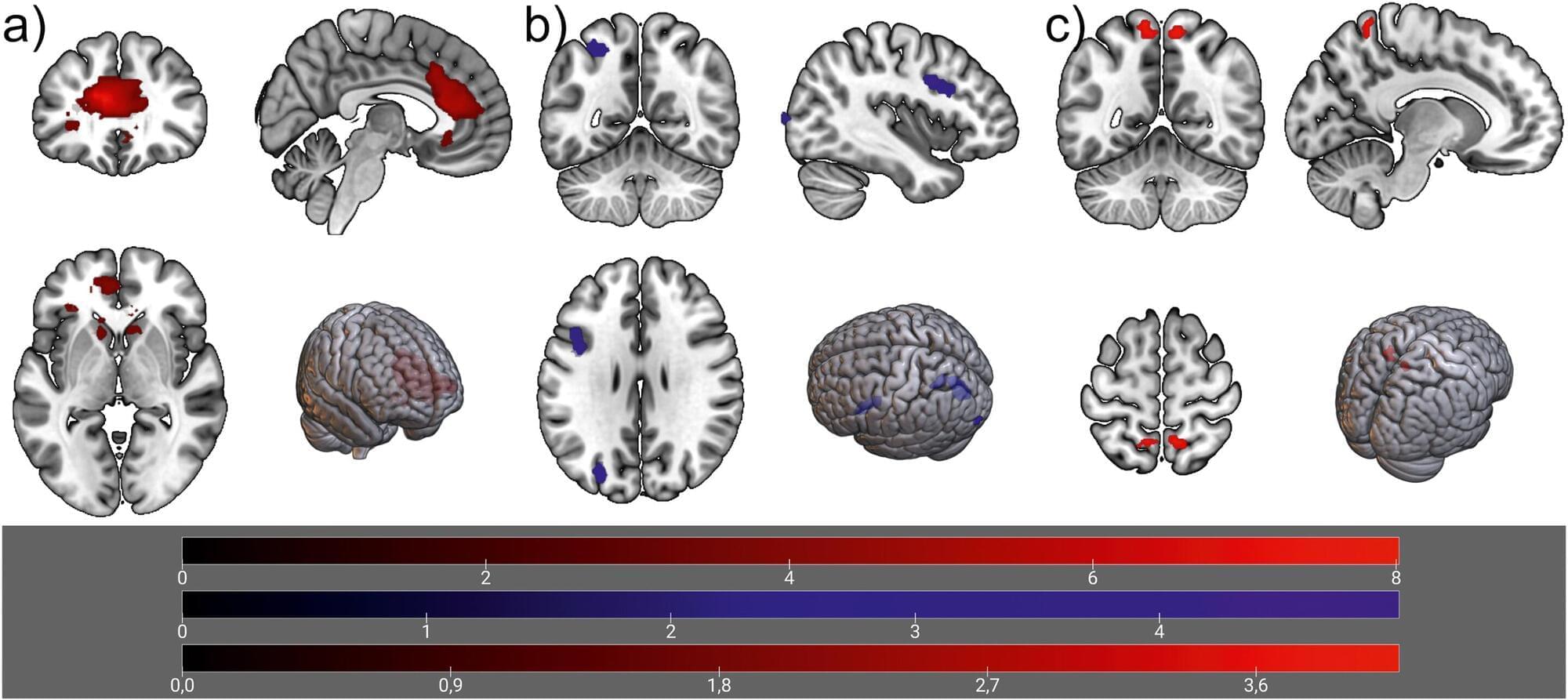Although Navier–Stokes equations are the foundation of modern hydrodynamics, adapting them to quantum systems has so far been a major challenge. Researchers from the Faculty of Physics at the University of Warsaw, Maciej Łebek, M.Sc. and Miłosz Panfil, Ph.D., Prof., have shown that these equations can be generalized to quantum systems, specifically quantum liquids, in which the motion of particles is restricted to one dimension.
This discovery opens up new avenues for research into transport in one-dimensional quantum systems. The resulting paper, published in Physical Review Letters, was awarded an Editors’ Suggestion.
Liquids are among the basic states of matter and play a key role in nature and technology. The equations of hydrodynamics, known as the Navier–Stokes equations, describe their motion and interactions with the environment. Solutions to these equations allow us to predict the behavior of fluids under various conditions, from the ocean currents and the blood flow in blood vessels, to the dynamics of quark-gluon plasma on subatomic scales.
